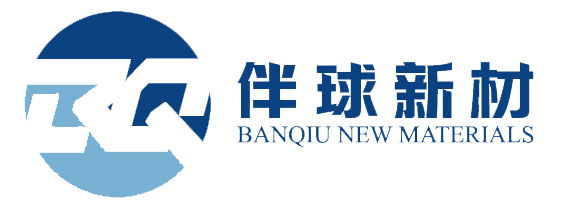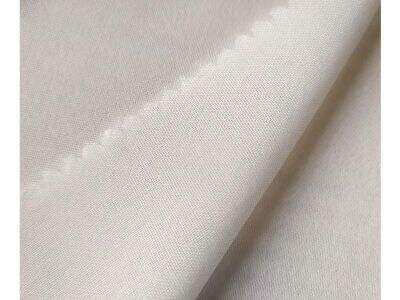A Broad Collection Of Products
Designed to satisfy the customer's needs and meet all your expectations BANQ INTERLINING is a major player in manufacturing business. There are two predominant coating processes in the world of interlining – Composite Materials and paste dot. There is so much you can achieve with each method that it’s important for wholesale shops to weigh their options.
Difference Powder Dot Paste Dot Coating Technology
The only difference between powder-dot coating and paste-dot methods of application is the method of applying it. Powder dot coating is where a powdered adhesive that can be activated when heated is used to adhere the interlining to the fabric. Past dot coating, on the other hand, uses a glue in liquid form and paints it onto the interlining where it is heat pressed. Collar Fusible Interlining is popular for an ease of application and a uniform coverage, while paste dot coating provides flexibility and controllability in adhesive applying process.
Benefits of Powder Dot Coating for Interlinings
Powder dot coating is preferred because of the increased consistency and uniformity in adhesive distribution. This process is said to ensure the lining is perfectly adhered to the fabric, resulting in years of service and stability. In addition, powder dot coatings are recognized for their fast actuation and bonding times, making them particularly well suited to high-speed manufacturing conditions. The versatility of powder dot coating is such that it can be widely used from light clothing to industrial use materials.
Advantages of the Paste Dot Coating for Interlining applications
Dotted paste adhesive provides more precise and customized adhesion for maximum targeted bonding where it’s needed. This method is especially helpful for the elaborate designs or fine fabrics that need a more precise application of adhesive. Paste dot coatings also offer soft hand and flexibility for apparel that needs movement. Furthermore, paste dot coatings provide enhanced wash-ability and dry-cleaning resistance for long life and durability.
Considerations for Choosing Between Powder Dot and Paste Dot Interfacing
When you choose the right interlining coating/coating method for you wholesale need, there are several things to consider. The nature of the fabric, form of garment, end-use and production volumes are significant factors in selecting an appropriate coating process. Woven Fusible Interlining are a good choice for loose weave fabrics and high-speed production runs, while paste dot coatings can give you more flexibility to tailor your coating to the most detailed patterns or delicate materials. You need to assess your needs and restraints in terms of production before you make up your mind.
Choosing Appropriate Interlining Coating Method for Your Wholesale Orders
powder dot coating and paste dot coating each have their own respective advantages and disadvantages for use in interlining applications. Once wholesale buyers know the distinctions between them and consider details regarding fabric types, fashion design of garments, and order quantities they can make an informed decision that applies to their unique wants. BANQ INTERLINING's mission is to produce world-class, premium interlinings which meet the needs of today’s international market. Our rich history, combined with great attention to even the smallest details guarantee that you will receive garments of unparalleled quality and value.
Table of Contents
- A Broad Collection Of Products
- Difference Powder Dot Paste Dot Coating Technology
- Benefits of Powder Dot Coating for Interlinings
- Advantages of the Paste Dot Coating for Interlining applications
- Considerations for Choosing Between Powder Dot and Paste Dot Interfacing
- Choosing Appropriate Interlining Coating Method for Your Wholesale Orders

